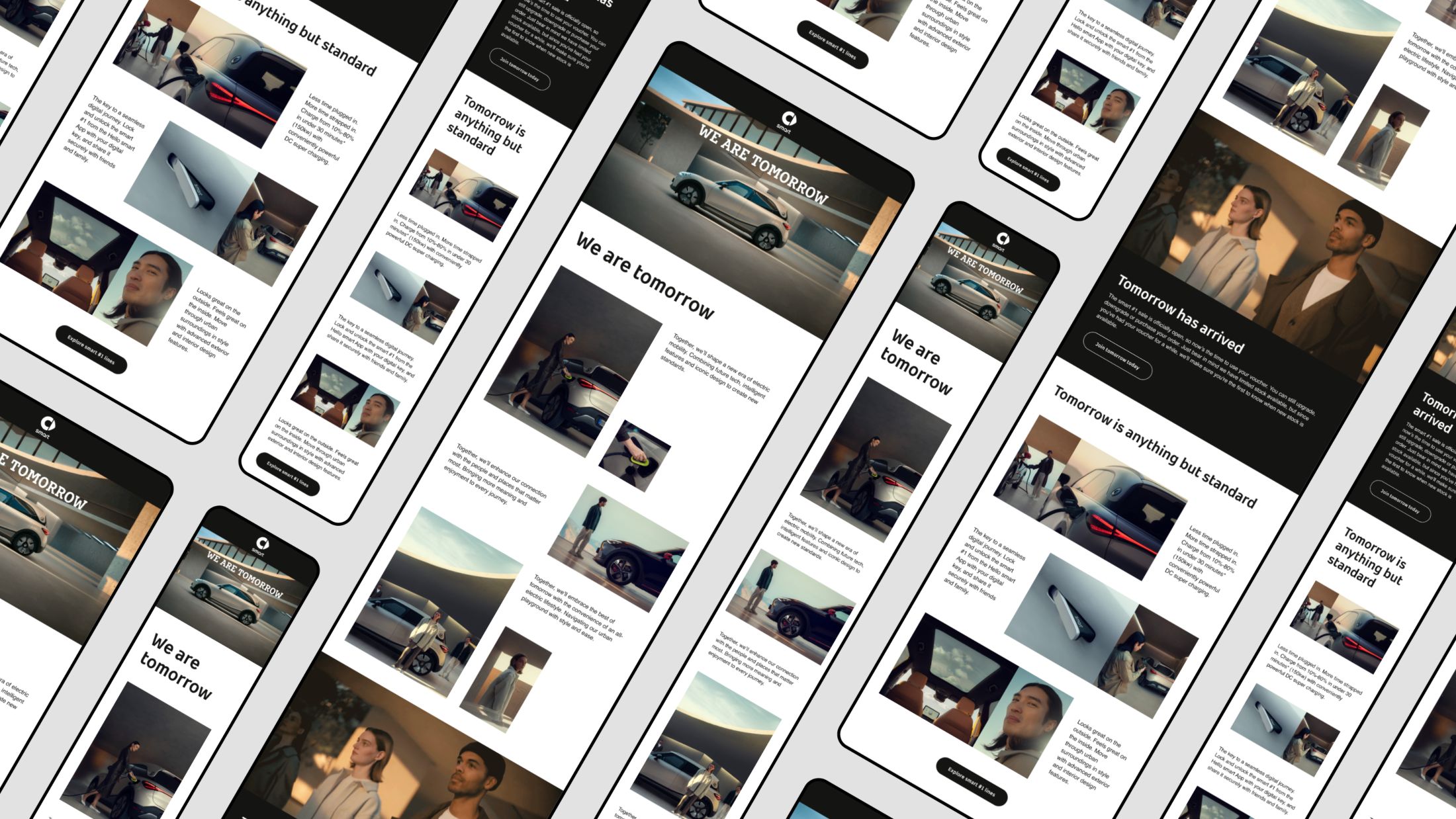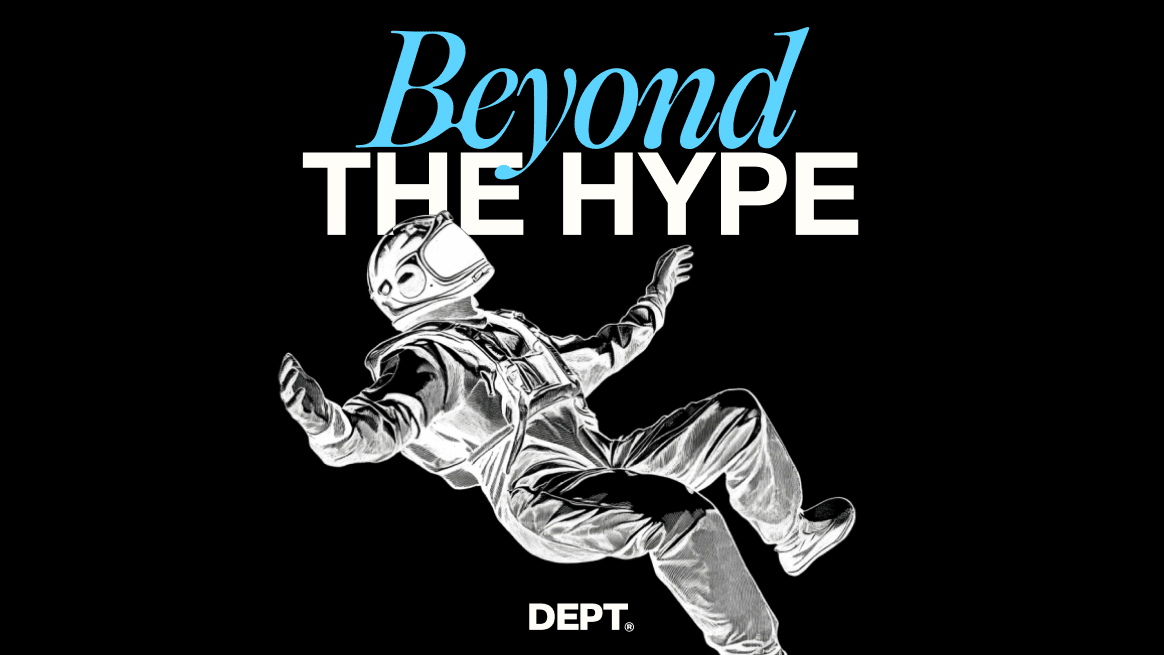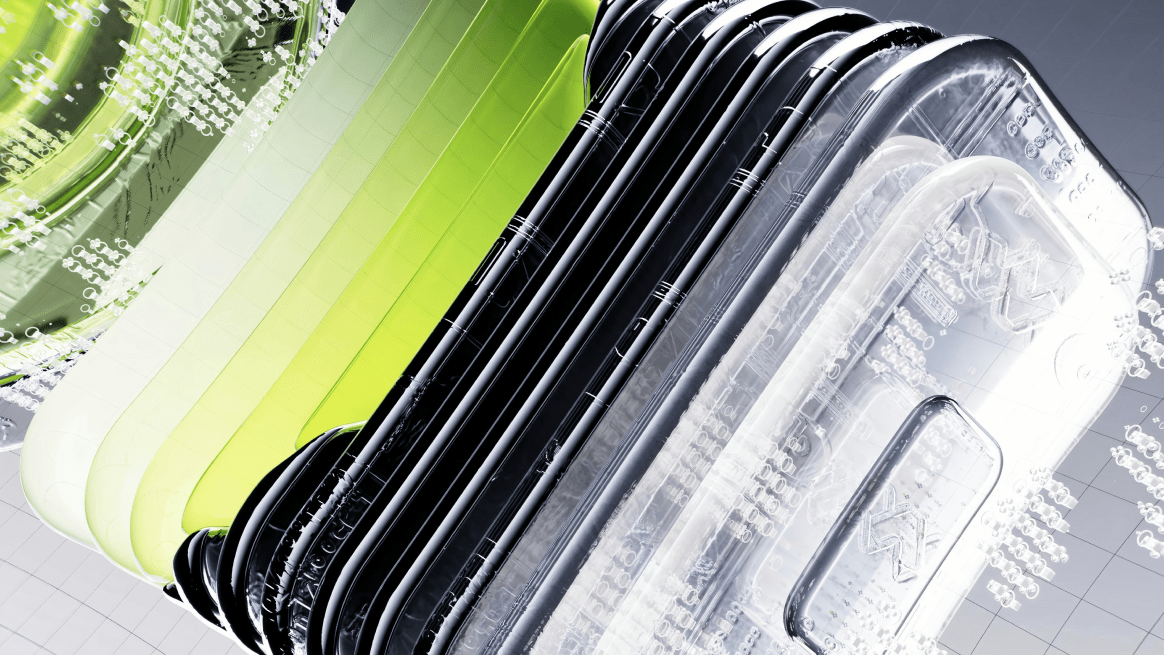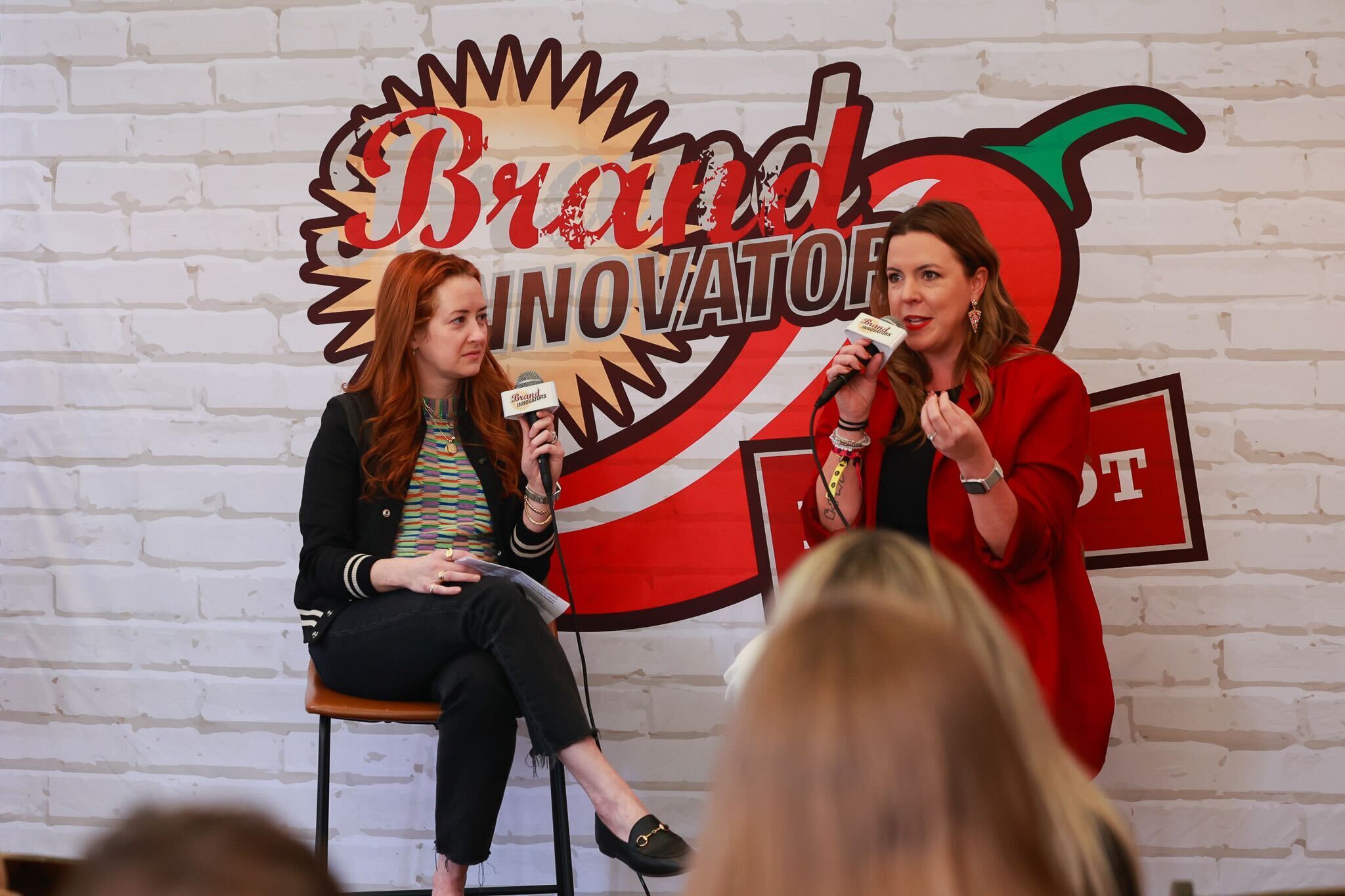One million ads later: What we’ve learned about automating content at scale

Content is boundless. Attention isn’t. And when you’re being asked to deliver more, faster, with fewer people and tighter budgets, content automation is tempting.
Being able to generate thousands of assets in minutes sounds like the dream. But after creating more than a million ads, videos, and emails for brands like Spotify, Smart, Zoopla, and Just Eat Takeaway, we’ve learned a few things about what actually works—and what really doesn’t.
At DEPT®, we’ve been in the creative automation space for over five years, building our own tools and helping some of the world’s biggest brands scale performance and CRM content. Our dedicated automation team doesn’t just create assets—they design systems, workflows, and strategies that make automation work in the real world.
The promise of automation is not merely about acceleration. It comes down to intention and ensuring every asset, no matter how quickly produced, is rooted in strategy, creativity, and relevance. Here are five things we’ve learned through testing, failing, refining, and building content at scale.
Just because you can, doesn’t mean you should
It’s easy to get excited by the potential to produce thousands of assets at speed. But more content doesn’t always mean better results.
When we supported Polaroid through their holiday campaign—an effort that drives nearly a third of their annual revenue—the stakes were unusually high. With a broad product catalog and a narrow window between Thanksgiving and Christmas, the default path would’ve been to automate asset creation for every product and distribute them all, relying on algorithms to determine which versions performed best.
Instead, we didn’t start with automation, but with inquiry. Working with a small set of assets, we tested our hypotheses: Which copy resonated best? Which imagery drove engagement? Which calls to action led to conversions? Only after gathering real-world data did we scale the best-performing variants. The result was a smaller set of assets, but ones that were demonstrably more effective.
The takeaway here is deceptively simple: Start small. Test, learn, then scale. Automation is most powerful when it’s focused.
TL;DR: Automation isn’t about making more. It’s about making smarter.
Inputs are as important as outputs
Another, less visible danger to automation at scale? The rapid replication of error.
For a time, we operated with a reactive mindset—producing assets en masse and treating quality control as a downstream function. It was an expensive mistake. A small error in a template, line of copy, or data logic would become systemic, propagating across thousands of outputs.
So, we did what any overwhelmed team would do: added more QC specialists. Unfortunately, this reactive (and expensive) fix wasn’t the answer—and we found ourselves dedicating way too much time and money to finding problems we’d unintentionally created.
The inflection point came when Zalando presented us with a challenge: build an automation system with a zero-defect rate. No final reviews. No manual checking. Just complete confidence that the rendered output would be flawless.
Meeting this challenge required a complete overhaul. We designed templates with edge cases in mind—planning for long translations, unpredictable data, and atypical image orientations. We didn’t just account for errors; we anticipated them, constrained them, and built systems to neutralize them.
It is tempting to think of automation as a set of tools. But at this level, it is a discipline—one that requires engineering rigor, detailed planning, and a deep understanding of every variable in play. The goal is not simply to produce at scale, but to do so with certainty.
TL;DR: If you don’t plan for quality from the start, automation will just amplify your mistakes. Bad inputs don’t stay bad—they scale.

Fix your workflows, not just your production
While many brands focus their automation efforts on production, few give equal attention to the systems that surround it. But without reimagined workflows, automation doesn’t eliminate friction, it displaces it.
This dynamic played out in our work with smart. They had developed an impressive creative automation engine, capable of generating thousands of localized video assets across ten markets. Yet their review and approval process relied on a single 3,000-row Excel spreadsheet—each row representing an asset, each cell a patchwork of color-coded feedback, comments, and sign-offs.
If chaos is the first word that comes to mind after reading that, you’re correct. Versions were confused. Feedback was missed or contradictory. The process became more cumbersome than the production it was meant to support—and smart is not alone in facing this unintended challenge.
Our solution wasn’t to have more people. It was better infrastructure. We introduced workflow management tools that enabled real-time review, in-context feedback, version control, and transparent approval chains. In doing so, we transformed not just the output, but the entire creative lifecycle.
This is critical because automation isn’t just a matter of output velocity—it is a systems-level transformation that demands a rethinking of how people, platforms, and processes intersect.
TL;DR: The tech that manages the process is just as important as the tech that creates the assets.
Use AI to decide what to make, not just how to make it
Much of the conversation around automation today centers on AI’s role in production—its ability to rapidly generate content, scale creative variations, and optimize delivery. But some of the biggest wins come earlier when AI helps decide what to make in the first place.
For Just Eat Takeaway, we implemented a creative automation program known internally as Project Sundae. What made this effort stand out was not the sheer volume of content produced, but the intelligence behind it. We used AI to analyze past performance data across multiple markets, surfacing insights about which imagery, messaging, and formats performed best in specific regions.
These insights were not always intuitive. For example, in the UK, burger-focused creatives outperformed pizza. In other markets, the opposite was true. Rather than relying on anecdotal preferences or creative hunches, we used data to guide creative direction, allowing us to optimize our output and increase efficiency.
The role of AI, in this case, was less that of an artist and more that of a strategist. Automation, paired with AI insights, ensures that what gets made is fast, relevant, contextual, and effective.
TL;DR: The smartest brands use AI to make better decisions, not just more content.
Failure is a feature
To work in creative automation is to work at the edge of what’s possible. And not everything will work.
Our team spent six months developing Cadet, a front-end tool designed to make data feed creation more accessible. The intention was to reduce reliance on technical specialists and democratize automation inputs. But the reality was more complicated. The complexity of feeds—especially in localized or regulated markets—proved too high to abstract meaningfully. We scrapped the tool.
But the lessons from that failure informed our next move: hiring dedicated feed specialists and restructuring our processes. Today, that foundation supports some of our most complex programs.
Similarly, when a client asked us to scale their output from dozens to thousands of assets per month in a matter of weeks, we had no precedent. We tested, iterated, and evolved the system as we built it. What began as an experiment now runs across 15+ markets at scale.
The point is not that failure is desirable but inevitable—and essential. Automation is not a fixed discipline. It is a field still being invented. Those who move fastest are not those who avoid failure but those who integrate it into their process.
TL;DR: Not every experiment will succeed, but every failure is a step forward—and brands that push the boundaries aren’t afraid to take the leap.
Automation doesn’t replace creativity, it elevates it
There’s a misconception that creative automation kills creativity. That with AI and templates, the “human” part of the process disappears. But that couldn’t be further from the truth.
When Zoopla needed to communicate real-time housing insights to prospective buyers, we built a modular creative system that adapted dynamically to market data. The ads responded to changes in listings, prices, and local trends, surfacing the most relevant insights in real time. It was automated. It was intelligent. But at its core, it was a creative solution to a complex communication challenge.
Automation allowed us to scale the idea. But it was the idea that mattered most.
What emerges isn’t a simple choice between automation and creativity but a synthesis of the two. At its best, automation elevates the role of human creativity, freeing it from the burdens of execution and empowering it to focus on strategy, insight, and innovation.
TL;DR: Automation gives creatives more time and space to do what they do best: solve problems, tell stories, and connect with people.
Craft conquers convenience
Creative automation isn’t a shortcut. It’s not about flooding channels with more stuff. It’s about solving problems in a smarter way—removing friction, unlocking creativity, and building systems that scale what works.
The brands that get it right don’t treat automation as a bolt-on. They treat it as a craft—something that’s strategic, structured, and always evolving. Because the future of content isn’t just high volume, it’s high value.





